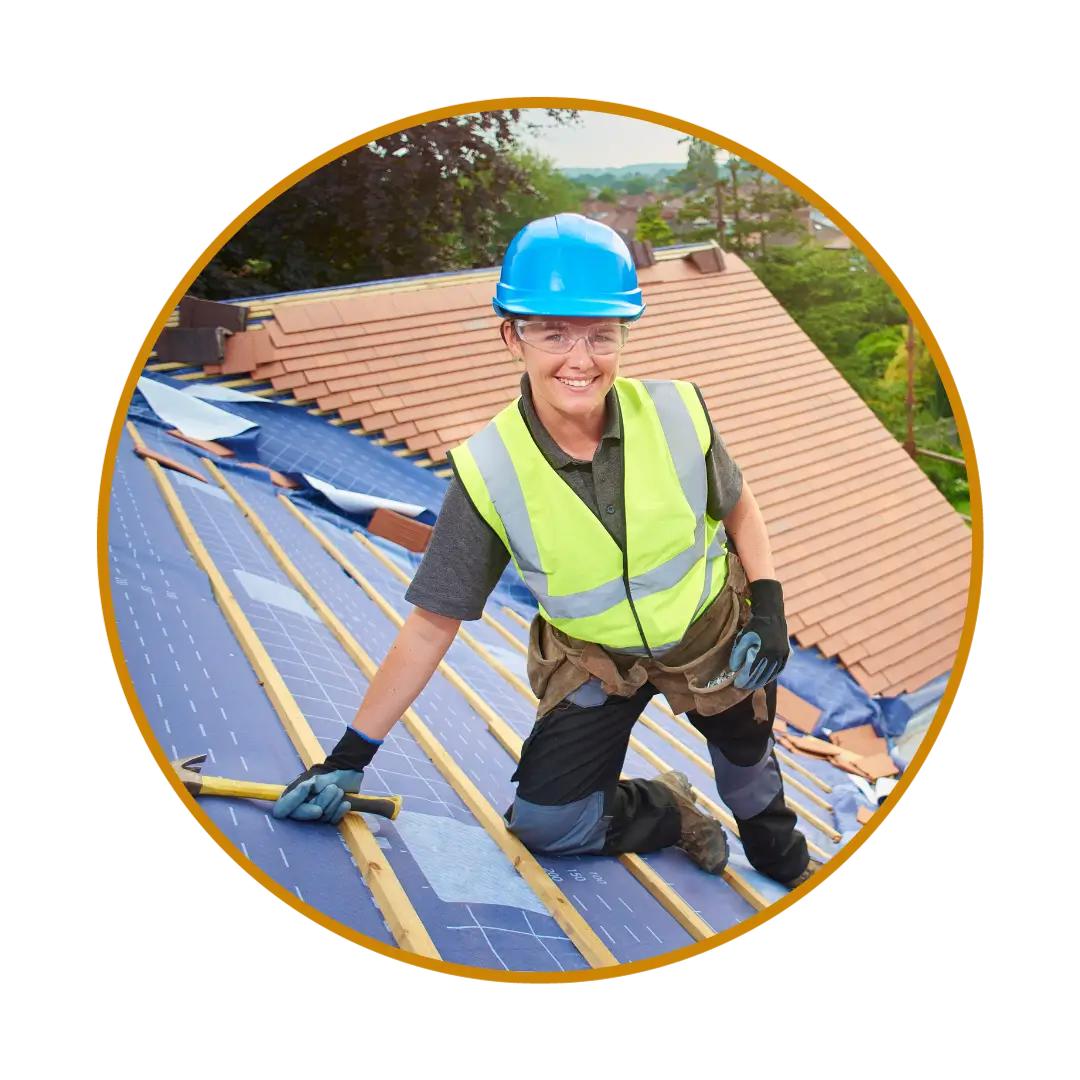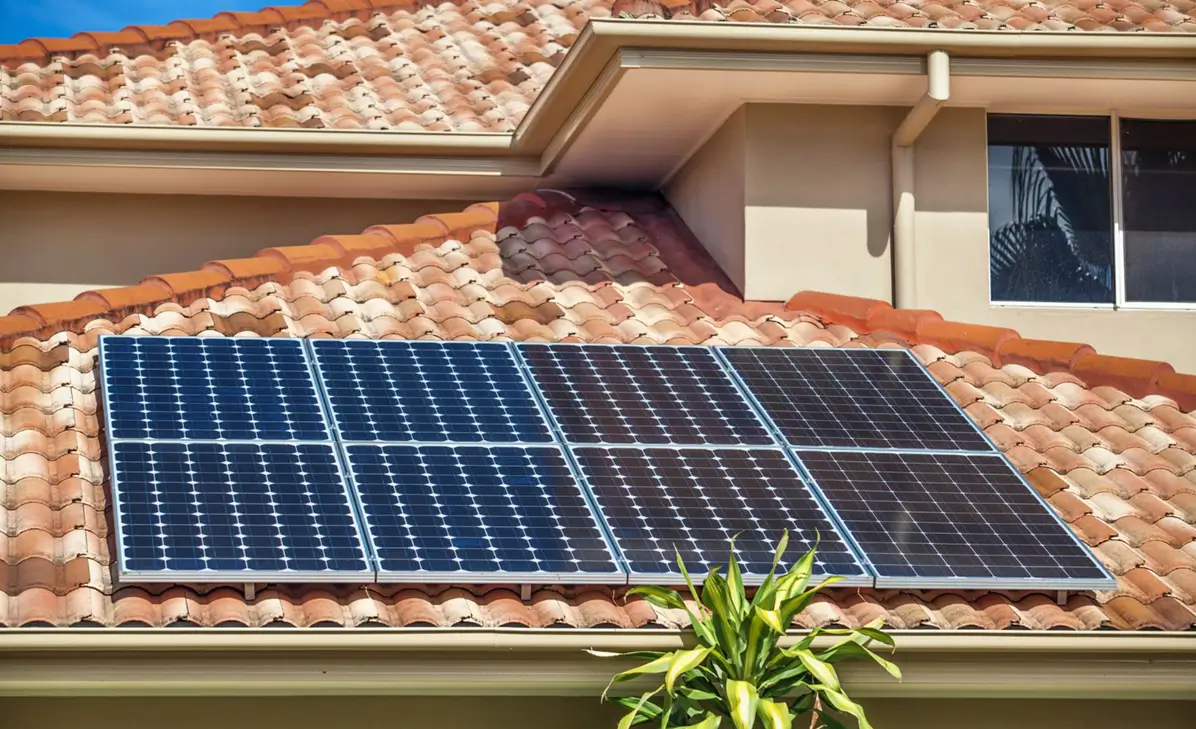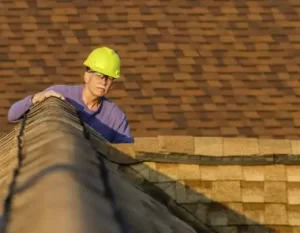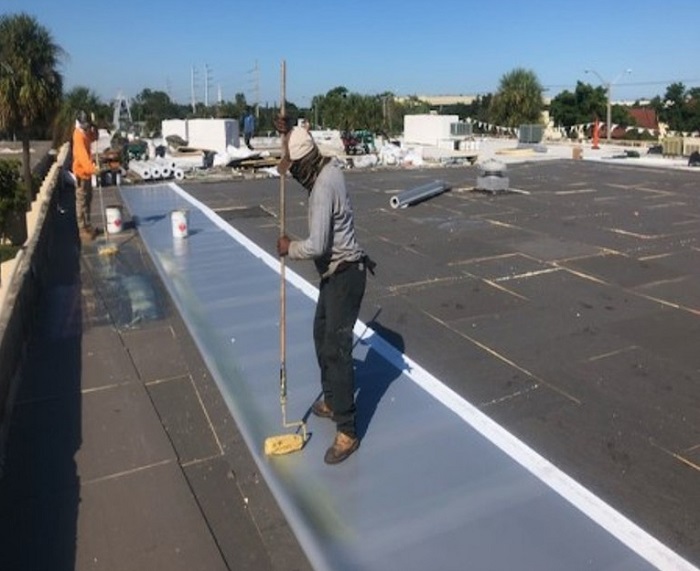7 Efficient Roof Inspection Tips!
When was the last time you inspected your roof?
Be honest – when it comes to home maintenance, right? Well, you’re not alone! The two most common causes of water damage in the home come from flooded basements and leaky roofs. You should have a roof inspection done at least twice a year and after every storm or severe weather event. You don’t have to call a professional to inspect the roof; this is a 7-step tip for repairing your roof that’s simple, quick, and cost-efficient. So you can identify the condition of your roof and know if some repair work needs to be done or if it’s time to replace your roof.
1: Walk Around
Walk around your home’s exterior, inspecting the roof from the ground for signs of damage, sagging, and aging. Take notes of any possible problem areas or areas in need of closer inspection.
2: Inspect Area for Water Damage
Identify areas with moss, algae, and piles of leaves – these areas are notorious for causing costly leaks and water damage.
3: Keep an Eye Out
Keep your eye out for buckled and curled shingles as you continue your roof inspection! Hot air from attics often causes shingles to buckle and curl away from home, putting your roof and home at significant risk for weather damage and poor roof ventilation.
4: Inspect for Damage
Look for missing, damaged, and aged shingles – this is the leading cause of roof damage. When you take the time to inspect your roof, you can catch minor issues like these before they turn into significant issues followed by serious damage. Missing shingles = direct exposure to inclement weather; plus, they are an eyesore!
5: Clean Gutters
It is so important to clean your gutters and roof overhangs and maintain your downspouts! As you’re performing these essential tasks, make note of open joins and signs of rot, as those are typical indicators of larger issues.
6: Granule Loss
Look closely for granule loss (texture on shingles). Granule loss indicates that shingles have aged or have been affected by severe weather and are no longer protecting your home against damaging storms. If your shingles don’t have a texture on them anymore, replace them!
7: Inspect the Attic
Does your home have an attic? If not, skip this step! If your home does have an attic, look for signs of water penetration under the roof.
You’ve Completed the Roof Inspection; now What?
After you’ve completed the roof inspection with these simple tips, take some time to review your findings. Did you stumble across any potential problem areas or significant concerns? If so, contact a local professional immediately. Remember: an intelligent homeowner is a proactive homeowner! When you fix minor problems or concerns before they become disasters, you can avoid significant damage later on.
In these instances, do not hesitate to contact a professional. Planet Roofing can help with necessary roof repairs and roof replacement. For more information, don’t hesitate to contact us at (954) 600-1462 or visit our website at planetroofing.com










